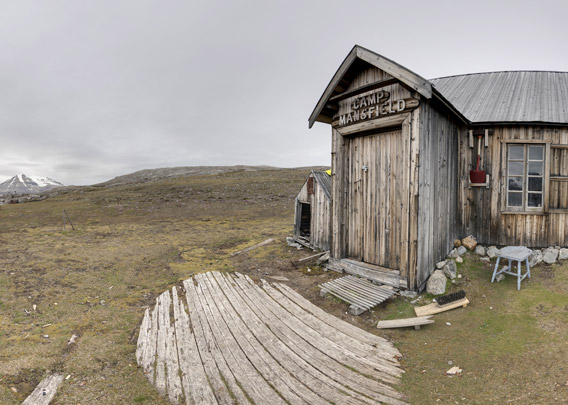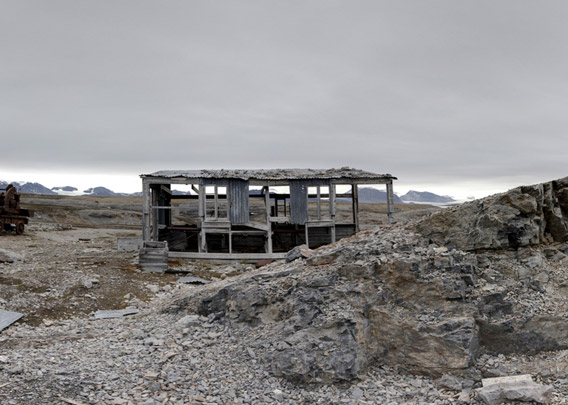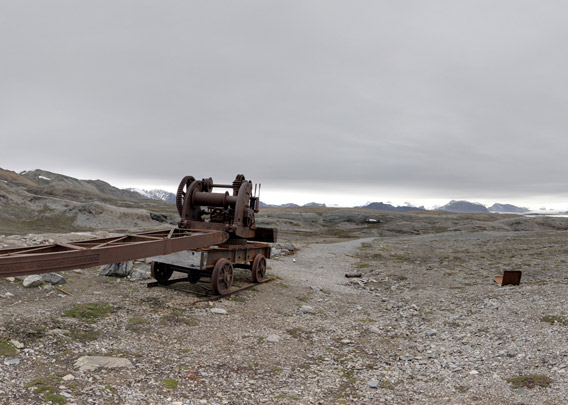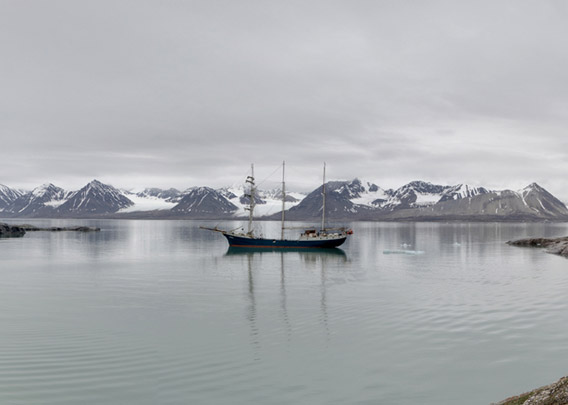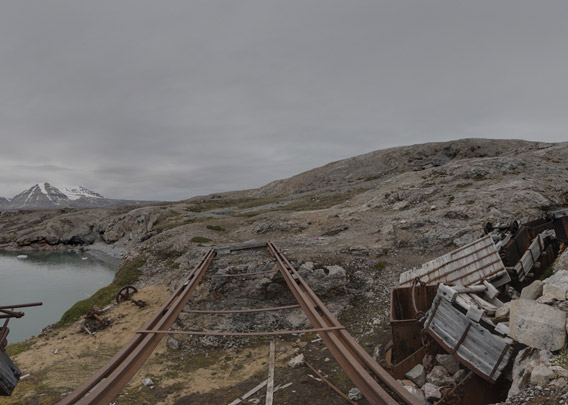-
current
recommendations- Liefdefjord
New page dedicated to one of Spitsbergen's most beautiful fjords. Background information and many photos.

- New Spitsbergen guidebook
The new edition of my Spitsbergen guidebook is out and available now!

- Liefdefjord
New page dedicated to one of Spitsbergen's most beautiful fjords. Background information and many photos.
Page Structure
-
Spitsbergen-News
- Select Month
- April 2025
- March 2025
- February 2025
- January 2025
- December 2024
- November 2024
- October 2024
- September 2024
- August 2024
- July 2024
- June 2024
- May 2024
- April 2024
- March 2024
- February 2024
- January 2024
- December 2023
- November 2023
- October 2023
- September 2023
- August 2023
- July 2023
- June 2023
- May 2023
- April 2023
- March 2023
- February 2023
- January 2023
- December 2022
- November 2022
- October 2022
- September 2022
- August 2022
- July 2022
- June 2022
- May 2022
- April 2022
- March 2022
- February 2022
- January 2022
- December 2021
- November 2021
- October 2021
- September 2021
- August 2021
- July 2021
- June 2021
- May 2021
- April 2021
- March 2021
- February 2021
- January 2021
- December 2020
- November 2020
- October 2020
- September 2020
- August 2020
- July 2020
- June 2020
- May 2020
- April 2020
- March 2020
- February 2020
- January 2020
- December 2019
- November 2019
- October 2019
- September 2019
- August 2019
- July 2019
- June 2019
- May 2019
- April 2019
- March 2019
- February 2019
- January 2019
- December 2018
- November 2018
- October 2018
- September 2018
- August 2018
- July 2018
- June 2018
- May 2018
- April 2018
- March 2018
- February 2018
- January 2018
- December 2017
- November 2017
- October 2017
- September 2017
- August 2017
- July 2017
- June 2017
- May 2017
- April 2017
- March 2017
- February 2017
- January 2017
- December 2016
- November 2016
- October 2016
- September 2016
- August 2016
- July 2016
- June 2016
- May 2016
- April 2016
- March 2016
- February 2016
- January 2016
- December 2015
- November 2015
- October 2015
- September 2015
- August 2015
- July 2015
- June 2015
- May 2015
- April 2015
- March 2015
- February 2015
- January 2015
- December 2014
- November 2014
- October 2014
- September 2014
- August 2014
- July 2014
- June 2014
- May 2014
- April 2014
- March 2014
- February 2014
- January 2014
- December 2013
- November 2013
- October 2013
- September 2013
- August 2013
- July 2013
- June 2013
- May 2013
- April 2013
- March 2013
- February 2013
- January 2013
- December 2012
- November 2012
- October 2012
- September 2012
- August 2012
- July 2012
- June 2012
- May 2012
- April 2012
- March 2012
- February 2012
- January 2012
- December 2011
- November 2011
- October 2011
- September 2011
- August 2011
- May 2011
- April 2011
- March 2011
- February 2011
- January 2011
- December 2010
- November 2010
- September 2010
- August 2010
- July 2010
- June 2010
- May 2010
- April 2010
- March 2010
- February 2010
- November 2009
- October 2009
- August 2009
- July 2009
- June 2009
- May 2009
- April 2009
- March 2009
- February 2009
- January 2009
- December 2008
- November 2008
- October 2008
- August 2008
- July 2008
- June 2008
- May 2008
- April 2008
- March 2008
- February 2008
- April 2000
- Select Month
-
weather information
-
Newsletter

| Guidebook: Spitsbergen-Svalbard |
Home → * Photos, Panoramas, Videos and Webcams → Spitsbergen Panoramas → Blomstrandhalvøya: London – Marble Island
Blomstrandhalvøya: Ny London - Camp Mansfield - Marble Island
360 degree panorama of a marble mine in Spitsbergen
Blomstrandhalvøya in Kongsfjorden one of the most famous sites in Spitsbergen outside today’s settlements. It is a regular landing site for tourists. There is the stunning scenery of Kongsfjorden around it, there are the impressions of the local tundra and wildlife and there is a range of choices for excursions, from short and easy walks to long hikes up to the hills, the highest of which, Irgensfjellet, has an altitude of 385 metres.
Blomstrandhalvøya is not, as the name suggests, a peninsula (-halvøya), but an island. It used to be a peninsula until approximately 1990, when the glacier that connected it to the mainland of Spitsbergen retreated until the connection broke and Blomstrand became an island.
The most famous single attraction on Blomstrandhalvøya is the old marble mine, which is today generally known as Ny London (New London) or just as London. This name is historically actually not quite correct, as it was never used in the days of the mining attempts. It was introduced later. The Englishman Ernest Mansfield, who “discovered” the marble occurrence on Blomstrandhalvøya and started prospecting and trial mining activities there for the Northern Exploration Company, called the place Marble Island. An appropriate name, considering the geology, which is mostly marble, and the one that was commonly used back then for a while. But today, the name London is officially recognised (it is on the official topographic map) and it is commonly used, so I use it also here.
- pano anchor link: #180714a_Blomstrand_203HDR
Mansfield first saw the marble on Blomstrand in 1906. The little bay of Peirsonhamna on the southern side of Blomstrandhalvøya provides a reasonably useful natural harbour at least for smaller ships, an important logistical requirement for any successful mining activity. Also freshwater was available, so the Northern Exploration Company (NEC) started activities on site in 1911 to prospect the occurrence and its economic potential. First huts were built, and eleven men are said to have spent the winter 1912-13 in London. Altogether, eight huts were built there, but only two of them remain. Both are regularly used by scientists from Ny-Ålesund, just 4.6 kilometres away on the other side of the fjord, for work or leisure. They are of the same type as the huts built by the NEC in other places (Camp Millar, Camp Morton).
- pano anchor link: #180714a_Blomstrand_184HDR
The sign above the door of one hut says “Camp Mansfield”. Also this is a name that was most likely never used in NEC times, it was introduced later.
Some of the buildings from London/Marble Island were taken to Ny-Ålesund in the 1950s, where they are now known as “London-Houses” and used to house the Dutch scientific station.
There are some eye-catching remains of machinery close to the mining camp Marble Island (London 🙂 ). These are steam-driven machines used for geological investigations: steam drills and rock cutting machines. The machines are standing on a wooden platform which was back then presumably the floor of a large workshop, the walls and roofs may have been taken down to be used elsewhere.
- pano anchor link: #180714a_Blomstrand_87HDR
Prospecting was done by numerous drillings and several small test pits. The most conspicuous of these is about 300 metres northwest of the former, little settlement of Camp Mansfield / London / Marble Island (whatever you prefer).
- pano anchor link: #180714a_Blomstrand_124HDR
Technically, this pit was probably made by means of blasting. It is the only one on Blomstrand where it is obvious that some marble was actually removed and taken away. Next to this site, there is an old crane made to be used on a system of small railway tracks; another piece of industrial archaeology which is pretty unique in a regional (Spitsbergen) context.
- pano anchor link: #180714a_Blomstrand_105HDR
There are more sites on Blomstrandhalvøya where trial pits were made, but these are rather inconspicuous, some were just re-discovered in rather recent years. At least in some of them, cutting machines were used rather than explosives to extract marble in blocks of desired dimensions.
The most beautiful marble does not yield any benefit if you can not transport it to the markets. For this purpose, a little system of railway tracks was built – the northernmost railway track in Spitsbergen! There were actually just a few hundred metres of railway tracks, and even these tracks were not completed.
- pano anchor link: #180714a_Blomstrand_143HDR
For shipping, a crane was built on a little cliff on the west side of Peirsonhamna. Small ship could go alongside at the cliff to load marble.
- pano anchor link: #180714a_Blomstrand_162HDR
And the end of it? It is usually siad that it was the poor quality of the marble, which is at least partly visibly affected by cracking, that turned all efforts into a failure. There were, however, some enthusiastic expert opinions from marble experts who were provided with samples from Blomstrandhalvøya / Marble Island / London. It seems that the theory of the poor quality is at least incomplete. Further publications which are currently being prepared by historians and geologists may shed new light on this old story in the near future – we can be curious.
Here it just remains to be said that the NEC sold their property on Marble Island in 1932 to the Norwegian mining company Store Norske. All attempts of the NEC to turn mineral resources in Spitsbergen into profit had then failed. At least in most cases, exaggerated expectations regarding the quality and quantity of the occurrence in question (coal, iron ore, asbestos, marble) was amongst the main reasons for these attempts that were economically fruitless, to put it mildly.
For further reading, I strongly recommend Frozen Assets, the doctorate thesis of Frigga Kruse who made comprehensive studies of the early 20th century mining period in Spitsbergen. We may be curious what new knowledge Frigga and her colleague may mine in the quarries of Marble Island / Blomstrand / (Ny) London / Camp Mansfield (that’s all names I can think of now).
Kruse, F. (2013). Frozen assets: British mining exploration, and geopolitics on Spitsbergen, 1904-53. Available online Researchgate.
BOOKS, CALENDAR, POSTCARDS AND MORE
This and other publishing products of the Spitsbergen publishing house in the Spitsbergen-Shop.
last modification: 2019-02-10 ·
copyright: Rolf Stange

